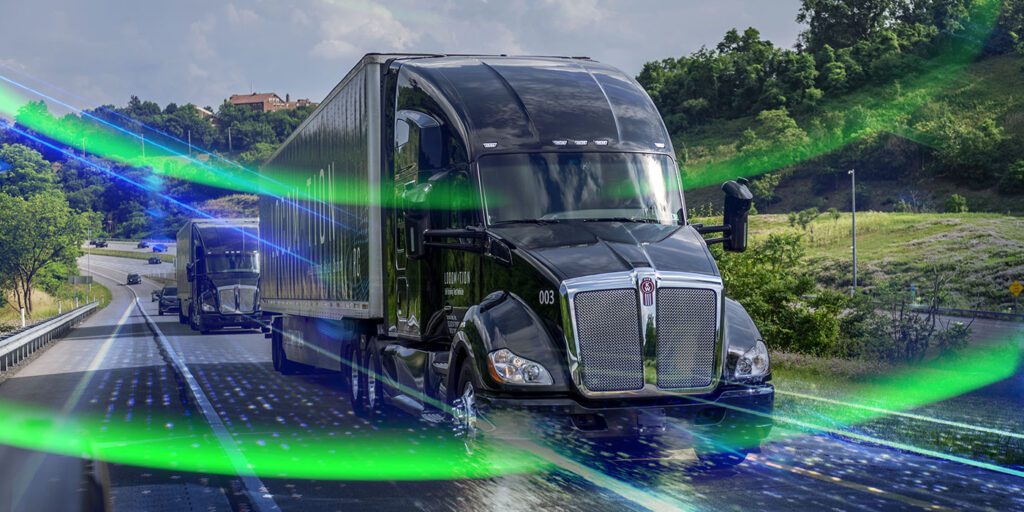The gulf between a future vision of automated driving and what’s actually happening today is narrowing as automated truck developers and OEMs continue to drive toward full automated driving functionality. In talking with Julien Plenchette, senior vice president, Americas, CVS Division, ZF Group, his vision wasn’t about planting an automated driving flag in the ground and saying, “This is the solution.” His focus was on finding the right level of autonomy for the specific application.
“I think that, depending on the application, you’ll find different degrees of automated integration,” he said when asked about the viability of various automated driving levels. A quick refresher, here are the automated driving level definitions.
“Certainly we’re prepared for Level Five operation,” he said, “but my personal opinion is that you’re not going to see Level Five on a large scale overnight. I think you will see an evolution of Level Two, a series of Level Three, a series of Level Four and then a lot of learning in Level Five.”
For its part, ZF is collaborating with Locomation, developer of autonomous truck technology, to develop and test the Level 4 capable ReAX steering systems in real-world conditions. This steering system integrates electronic technology with redundant hardware, which is critical for the safe deployment of autonomy. L4 ReAX offers full redundancy to achieve rigorous safety standards, which ensure that a system functions correctly and demonstrates the ability to maintain safe operations at all times by detecting and managing faults.
He noted that all levels of automated driving are dependent on collecting as much experience in various applications in order to build a solution that can handle the operation demands.
“It’s the gathering of data from different circumstances where you’re going to drive the artificial intelligence to the computing part of it; the connectivity part of it,” he explained. “The technology is available. The technology is being tested. It’s really exciting what it’s capable of. But to roll it out to the public on a large scale … I think there’s a lot of still learning needed to make sure we’re ready to go, but it will be there. No question.”
On the other hand, I definitely had more questions for Plenchette. The head of ZF’s new commercial vehicle division took the time to sit down to talk about where we’ll see ZF in truck componentry and technology going forward. Click below to read the full story from our interview:














